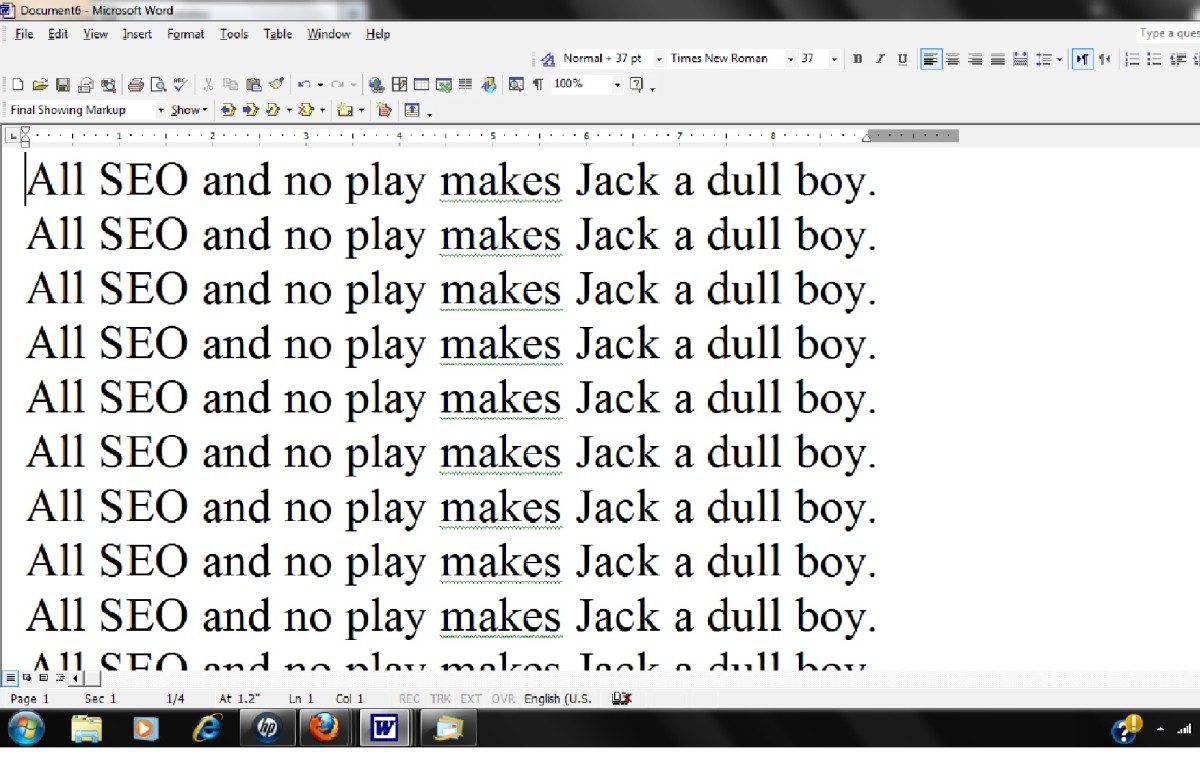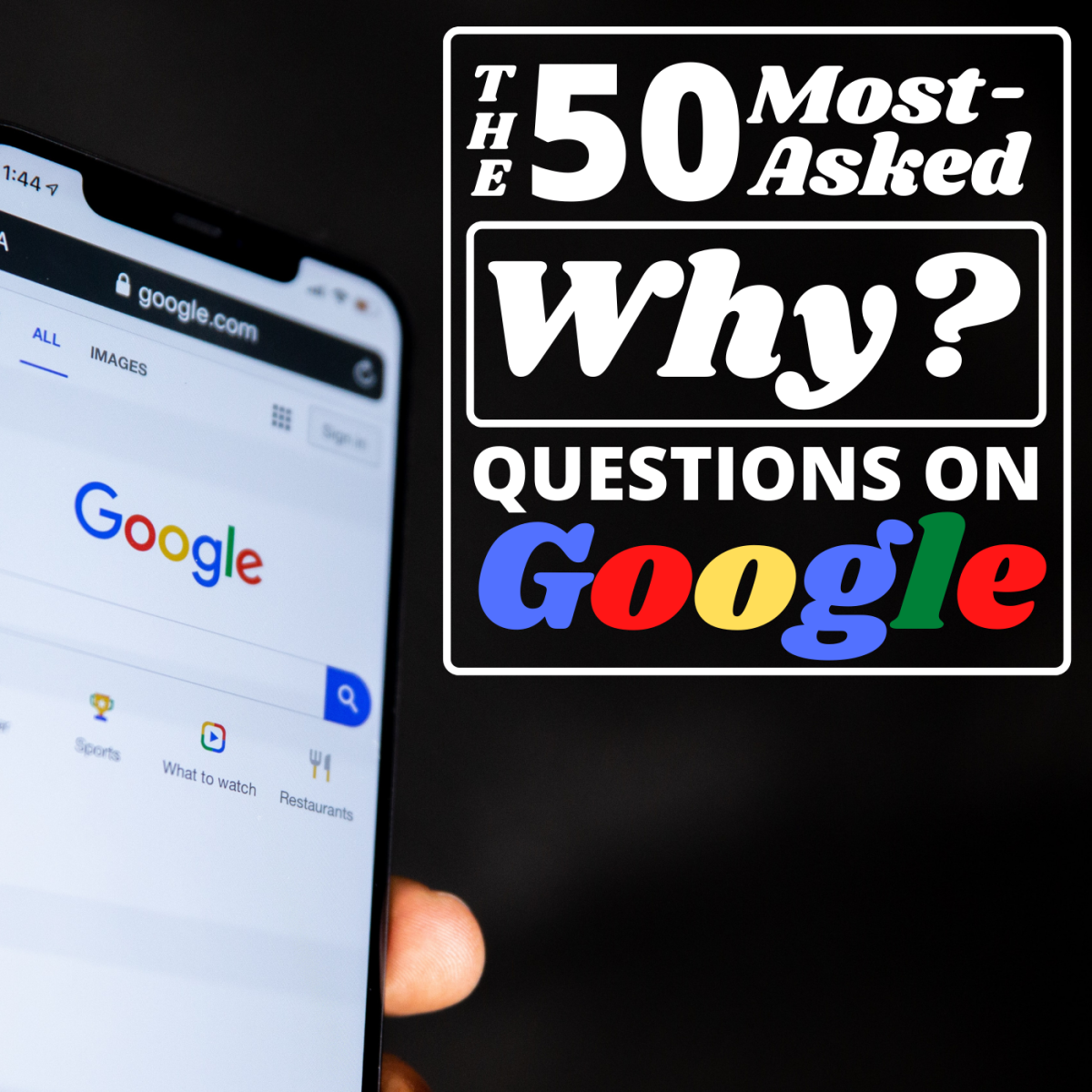Did You Know What You Earn From Your Website Is Tied To Search Engines?
To get a steady stream of focused site visitors your website, it’s URL must be on the first Search Engine Results Page returned by Google when anyone searches for information that is available on your website.
This is because about 82% of searchers click on a URL displayed within the top 10 URLs on Google’s results page.
This can be further bifurcated into:
35% definitely click on a URL ( or all the URLS) in the top three
15% definitely click on a URL ( or multiple URLs ) located somewhere between 4 and 10.
Hence if your website URL is returned by Google on its first results page, then there is a huge possibility that more and more site visitors will be driven to your web site simply because its URL was located appropriately.
Logically the greater the number of site visitors, the greater the probability of some of them making a purchase from the products or services available on your website.
Great for your business.
Getting your website URL on the first result page returned by Google when someone does a search is really not rocket science. Here are five tried and tested ways of achieving this. Do give them a shot. You won’t regret it.
1. The - Content Relevance - On Your Website
Regretfully this is often ignored by a website owner. Website content must respond to a specific need within the site visitor. The more relevant your website content is to what your business prospects are searching for in Google the likely the chances your website URL will be within the first 10 URLs displayed in a Google results page.
Hence the question – How do I make my website content relevant?
Start off by using the Google Keywords tool and doing some research on what keywords people are searching for, when they wish to locate the products and service that are available on your website.
Don’t go for single words, as single words can be pretty generic. Try and identify a group of 3 to 4 words that are being used collectively by searchers to locate the products and services you have on your website.
Once you’ve done such research, identified a small set of multiple words that searchers use to try and locate the products or services available on your website, then carefully blend these keywords into the page content.
NOTE: I’d like to set a cautionary flag here. Do ensure that when you are blending keywords chosen into page content, ensure that the number of keywords do not exceed more than 3% of all the words in your content. For example if your page has 300 words on it, then the maximum number of keywords it can contain is 9.
If the number of keywords blended within page content exceeds 3% then Google and other search engines will penalize the website for keyword stuffing
When you take this thought through approach to adding keywords to your web page content, gradually you will notice that your web pages will being to become visible in Google SERPs until they finally land up on page one of Google’s result pages.
2. Enable Site Visitor Friendly URLs
A URL is what a site visitor types into their Browser’s address bar to access your website’s content. Today a huge number of websites are being built using Content Management Systems (CMS) such as WordPress or Joomla, which primarily create and deliver website pages using some pretty cryptic URLs which are definitely not human friendly by default.
For example: http://www.mywebsite.com?postid=297 could be a WordPress URL that points to a specific post on a WordPress driven Blog.
Most CMS have some way or the other to disable the use of such machine / Browser friendly URLs and enable human friendly URLs. Figure out how this is done with the CMS in use on your website and ensure that human friendly URLs are enabled within your CMS.
In WordPress, access its admin dashboard and enable permalinks for within its setting.
In Joomla, access its admin control panel and enable search engine friendly URLs.
Another thing is to ensure your webpage URL contains the headline used on the webpage this increases webpage content relevance in most search engines.
3. Linking Of Your Website Pages
Essentially there are two forms of webpage links these are inbound links and outbound links.
Inbound Links
These are links from external websites to webpage content on your own website. The more inbound links you have to your webpage content from good quality, relevant websites, the more importance Google and other search engines will give your website page content.
Outbound Links
These are links from your webpage content to other websites. The more outbound links you have is your webpage content to good quality, relevant websites, the more importance Google and other search engines will give your website page content.
The key here is the phrase good quality, relevant websites.
Good quality is associated with Google page rank. If Google give a website page a high page rank, one can safely consider this page as having good quality content in it.
A Relevant Website is one that offers products and services that support the products and services available on your website.
For example if your website is selling Search Engine Optimization services then having inbound or outbound links to / from a Christian church website would be considered irrelevant by most search engines but inbound or outbound links to a Social Media Marketing website would not be.
4. Using HTML Meta Tags Intelligently
Meta Description
There are a variety of meta tags that can be placed between the <head></head> HTML tags of your webpage. The meta tags that are important to search engines ( here read Google ) are Description and Keywords.
The content placed between <meta type=”description” content=” { place your page description here } ” /> should be a brief, focused overview of what the page contains. Do restrict the size of this content to about 150 to 160 characters ( the less the better ). This content is what search engines display below the website URL in a search engine results page.
NOTE: Never keep this content identical for all the pages of the website. Make sure that the description content is unique for each page. Make sure that the description matches the content of each page as well.
If you don’t know what HTML meta tags are, simply do a search in Google for HTML meta tags. There really is a ton of amazing material available on the Internet. This is explained in simple easy to understand terms to complex, totally technical terminology, i.e. great material for all levels of technical skill.
Meta Keywords
The HTML meta Keywords tag permits the web page owner to provide a number of keywords that are available in and relate to their page content to search engines.
The content placed between <meta type=”keywords” content=” { place your keywords here separated by a comma }”/>
You may have read that the meta Keywords tag is largely ignored by search engines, but I always ensure that I have appropriate keywords placed between the <head></head> of all my web pages.
NOTE: Please do not use exactly the same keywords for every web page. Then the keywords lose all relevance they may have. Search engines do catch on to this pretty quickly. Make sure that the keywords chosen are relevant to each page.
To learn some more about meta Keywords, do a search in Google for meta keywords and a ton of information will be available to you immediately.
5. Location Of Keywords On The Webpage
Google mimics the way people read a webpage, i.e. left to right and top to bottom. Thus Google search algorithm give greater relevance to information placed at the top of a webpage when compared to its bottom.
Hence, ensure that your keywords are intelligently sprinkled in the top one or two paragraphs of the webpage content.
NOTE: Do not stuff keywords into your text. Search engines catch on to this pretty quick and will definitely penalize your website ranking. Sprinkle the keywords as naturally as is possible within the top few paragraphs of the Webpage content.
In Conclusion
Here are five simple, tried and tested ways of making your webpage content liked by Search engines. Do not expect miracles after implementing all of these five ways on your website or Blog site. Just keep this consistent across all your Blog posts / website pages and given a few months you will begin to rank well in Google and other search engines.
If you’ve got a few other ideas to rank well in search engines, please do share them as comments to this Hub post. Your contributions will be appreciated by everyone.
Ivan Bayross
Open source training | Open source tutorials








